Biology for Cambridge IGCSE PRACTICAL WORKBOOK Matthew Broderick


Contents
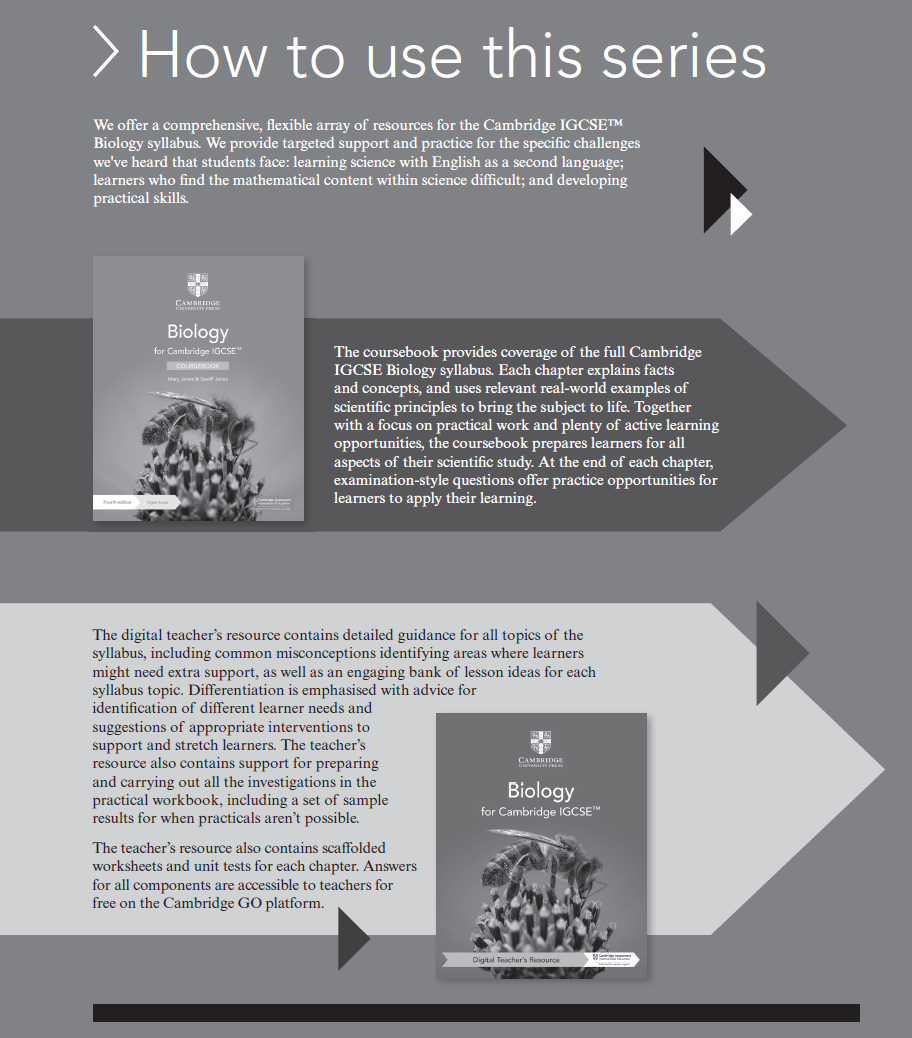


How to use this book Throughout this book, you will notice lots of different features that will help your learning. These are explained below. Answers are accessible to teachers for free on the supporting resources area of the Cambridge GO website. INTRODUCTION These set the scene for each chapter and indicate the important concepts. These start with the sentence The investigations in this chapter will:. KEY WORDS Key vocabulary and definitions are given at the start of each investigation.
You will also find definitions of these words in the Glossary at the back of this book. COMMAND WORDS Command words that appear in the syllabus and might be used in exams are highlighted in the exam-style questions. In the margin, you will find the Cambridge International definition. You will also find these definitions in the Glossary at the back of the book with some further explanation on the meaning of these words. LEARNING INTENTIONS These set out the learning intentions for each investigation. The investigations include information on equipment, safety considerations and method.
They also include questions to test your understanding on recording data, handling data, analysis and evaluation. Remember that there is a safety section at the start of this book you should refer to this often, as it contains general advice that is applicable to many of the investigations. REFLECTION These encourage you to reflect on your learning approaches. TIPS The information in these boxes will help you complete the questions, and give you support in areas that you might find difficult. Supplement content Where content is intended for students who are studying the Supplement content of the syllabus as well as the Core, this is indicated using the thicker line, as on the left here. EXAM-STYLE QUESTIONS Questions at the end of each chapter provide more demanding exam-style questions, some of which may require use of knowledge from previous chapters.
The answers to these questions are accessible to teachers for free on the Cambridge GO site. Note for teachers: The Teachers Resource in this series includes sample data and support notes for each of the practical investigations in this practical workbook. You can find information about planning and setting up each investigation, further safety guidance, common errors to be aware of, differentiation ideas and additional areas for discussion. Answers to all questions in this practical workbook are also accessible to teachers at
www.cambridge.org/go  Introduction Many of the great biological discoveries of our time have been made as a result of scientific investigation. From the first recorded dissection in 1275, to the first compound microscope in the 16th century, to the work of Pasteur, Pavlov, Mendel, and Watson and Crick, practical biology has allowed the greatest scientific minds to measure and record their observations. These scientists followed the same scientific principles that you will follow in order to make their discoveries.
Introduction Many of the great biological discoveries of our time have been made as a result of scientific investigation. From the first recorded dissection in 1275, to the first compound microscope in the 16th century, to the work of Pasteur, Pavlov, Mendel, and Watson and Crick, practical biology has allowed the greatest scientific minds to measure and record their observations. These scientists followed the same scientific principles that you will follow in order to make their discoveries.
It often took them years, and sometimes decades, to present their findings but do not worry, you will not have to do the same unless you are fortunate enough to work in practical biology for your career. The applications of practical biology cover much of science and could lead to careers in bioengineering, medicine, cancer research, plants and so much more. One important thing to remember is that sometimes discoveries can be serendipitous (discovered by accident, such as Tim Hunts work on cyclins) so observe keenly and you may find out something that you were not even looking for. Practical skills form the backbone of any biology course. It is hoped that, by using this book, you will gain confidence in this exciting and essential area of study. These interesting and enjoyable investigations are intended to kindle a passion for practical biology.
This book has been written to prepare students for their practical and alternative to practical examinations for Cambridge IGCSE Biology (0610/0970). It covers many of the investigation-focussed learning objectives. For either paper, you need to be able to demonstrate a wide range of practical skills. Through the various investigations and accompanying questions, you can build and refine your abilities so that you gain enthusiasm in tackling laboratory work. Great care has been taken to ensure that this book contains work that is safe and accessible for you to complete. Before attempting any of these activities, though, make sure that you have read the safety section and are following the safety regulations of the place where you study.
Answers to the exercises in this practical workbook can be found in the Teachers Resource. Ask your teacher to provide access to the answers.  Safety Despite Bunsen burners and chemicals being used on a regular basis, the science laboratory is often one of the safest classrooms in a school. This is due to the emphasis on safety and the following of precautions set out by regular risk assessment and procedures. It is important that you follow the safety rules set out by your teacher. Your teacher will know the names of materials and the hazards associated with them as part of their risk assessment for performing the investigations.
Safety Despite Bunsen burners and chemicals being used on a regular basis, the science laboratory is often one of the safest classrooms in a school. This is due to the emphasis on safety and the following of precautions set out by regular risk assessment and procedures. It is important that you follow the safety rules set out by your teacher. Your teacher will know the names of materials and the hazards associated with them as part of their risk assessment for performing the investigations.
They will share this information with you as part of their safety brief or demonstration of the investigation. The safety precautions in each of the investigations of this book are guidance that you should follow. You should aim to use the safety rules as further direction to help to prepare for examination when planning your own investigations. The following precautions will help to ensure your safety when carrying out most investigations in this workbook. Wear safety spectacles to protect your eyes. Tie back hair and any loose items of clothing.
Personal belongings should be tidied away to avoid tripping over them. Wear gloves and protective clothing as described in the book or by your teacher. Turn the Bunsen burner to the yellow flame when not in use. Observe hazard symbols and chemical information provided with all substances and solutions. Many of the investigations require some sort of teamwork or group work.  Practical skills and support The Experimental skills and investigations outlined in the Cambridge IGCSE Biology syllabus focus on skills and abilities you need to develop to work as a scientist.
Practical skills and support The Experimental skills and investigations outlined in the Cambridge IGCSE Biology syllabus focus on skills and abilities you need to develop to work as a scientist.  Practical skills and support The Experimental skills and investigations outlined in the Cambridge IGCSE Biology syllabus focus on skills and abilities you need to develop to work as a scientist.
Practical skills and support The Experimental skills and investigations outlined in the Cambridge IGCSE Biology syllabus focus on skills and abilities you need to develop to work as a scientist.
Each of these aspects have been broken down for you below with a reference to the chapters in this title that cover it. This will enable you to identify where you have practised each skill and also allow you to revise each one before your exam. Skills grid


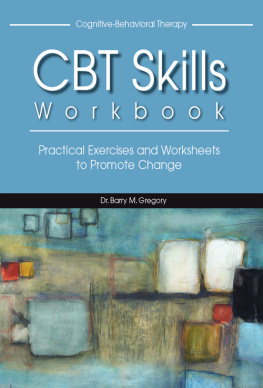

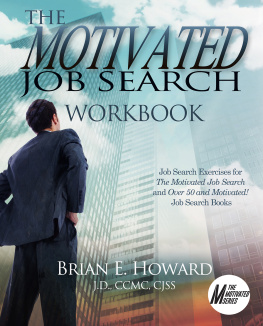
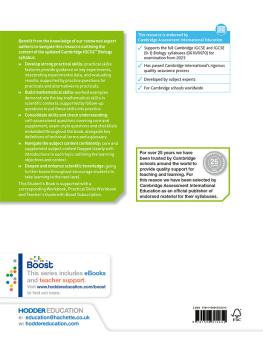
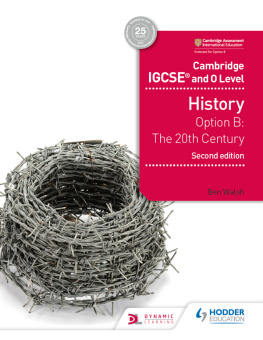
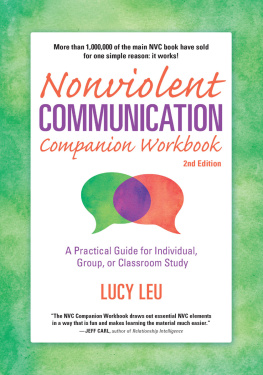

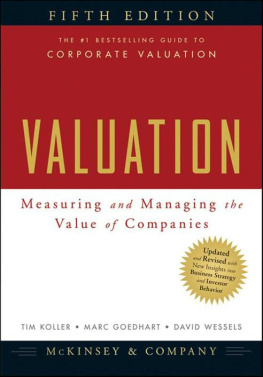


 Contents
Contents 
